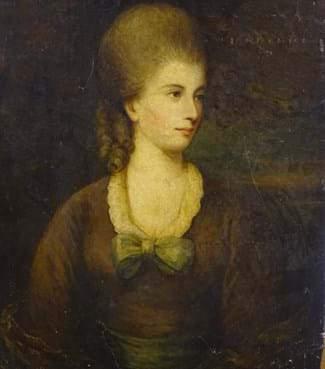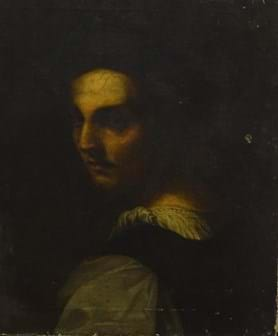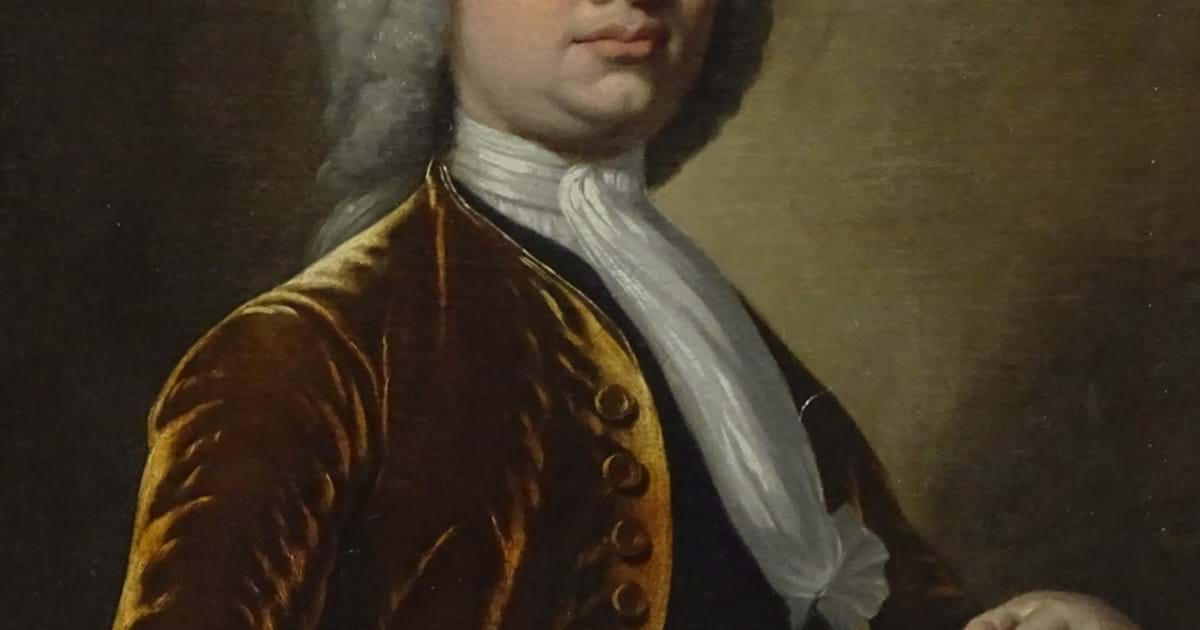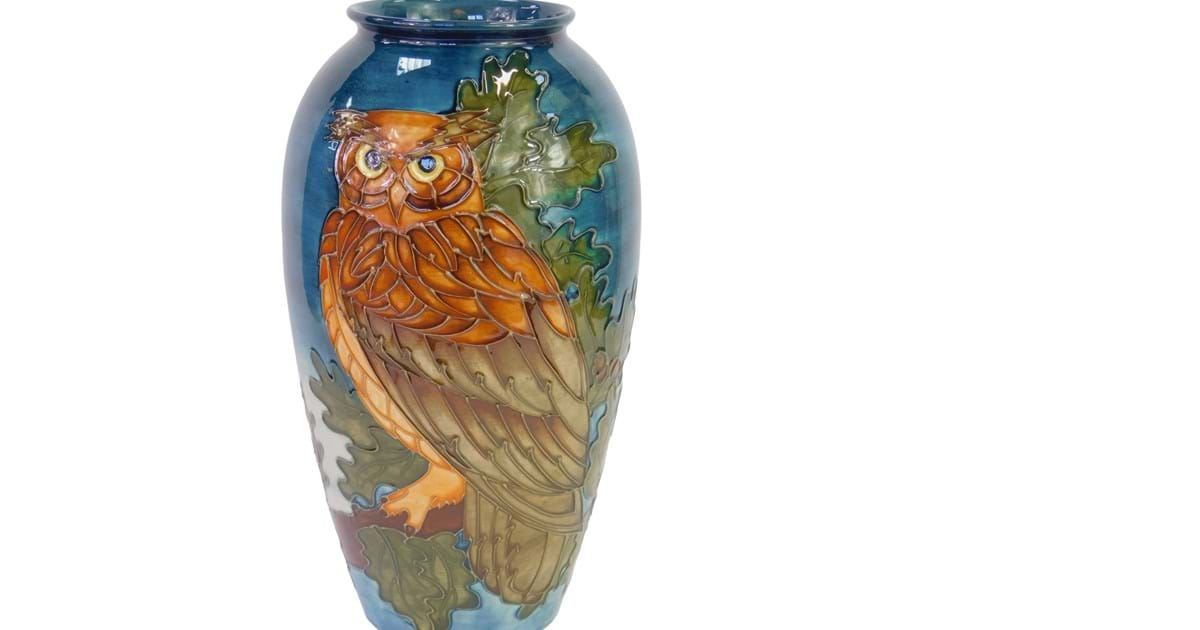Before the invention of photography portraiture was the sole way someone’s likeness could be recorded. Through mediums such as oil, watercolour, pencil sketches and sculpture the sitter could display their physical attributes as well as their social and economic standing. Portraiture is a medium that spans thousands of years. Depictions of contemporary figures line of the walls of Roman frescos, and are detailed on ancient Greek pottery; statues of historical figures can be found in many public spaces and the pictorial representation of monarchs and world leaders are in many of our pockets.
Portraits ranged from the personal, such as the nineteenth century vogue to create the likeness of a family members profile- the silhouette- to the social, with society painters such as Thomas Gainsborough (1727- 1788) and Thomas Lawrence (1769- 1830) capturing the contemporary celebrities and high flyers of the day. These portraits give modern viewers a telling insight into our social history from the clothes people wore and how they styled their hair, to an insight into the houses and public spaces they occupied through the backgrounds which are depicted in these works of art.

In self portraiture the psychology of the artist can also be viewed. Vincent Van Gogh (1853-1890) for example painted thirty six self portraits. Following Van Gogh’s breakdown his portraits reflect a more vivid use of colour, restless brushwork and a mixing of many different techniques to create disjointed and provoking mirror into his state of mind: see Self Portrait with Bandaged Ear (1889), Self Portrait dedicated to Charles Laval 1888). Similarly, the Mexican painter Frida Kahlo (1907-1954) merged the personal, social and political in her self portraits, detailing her struggles with her health and marriage, as well as political and social climate in Mexico during the rise of communism: see Henry Ford Hospital, The Flying Bed (1932), Marxism will give Health to the Sick (1954).
With the invention of photography where the likeness of the sitter could be captured with precision, artists were seeking ways to represent their sitters in new and innovative ways; Pablo Picasso’s (1881-1973) work for example demonstrates a movement away from naturalism to the abstract. Picasso’s depictions of the human form border on the caricature, with angular lines replacing the soft curves of the face and bright colours overwriting more typical skin and hair tones: see Portrait of Dora Maar (1937), Woman in a Beret and Checked Dress (1937). Henri Matisse (1869-1954) similarly favoured a bold style in his portraits, using collage and sculpture as well as paint to embody and define the human form: see Blue Nude II (1952).

In contemporary portraiture the medium of film and photography has flourished, with artists such as Tim Walker (1970- ) redefining once more the concept of ‘the portrait.’ Walker’s dramatic, surrealist photographs are playful and innovative, juxtaposing the human form with imagined dreamlike backgrounds: see Tim Walker: Wonderful Things exhibition at the V & A Museum. The movement away from the faithful representation of a subject to the abstract is not only technological, but has social, political and cultural underpinnings. How this genre thus develops in the future will therefore be coloured by these factors.



